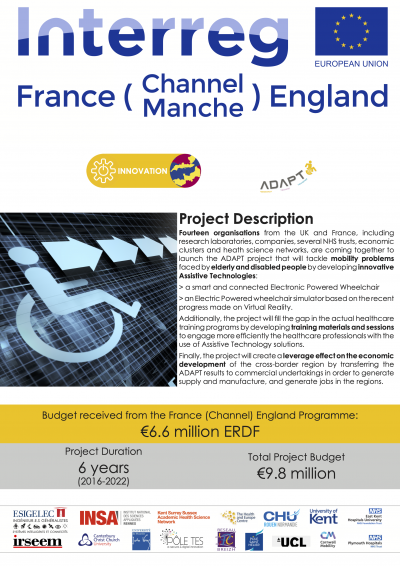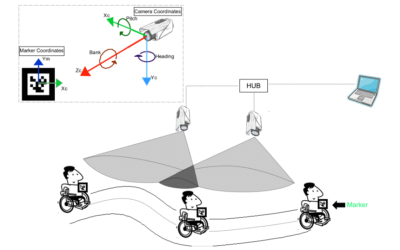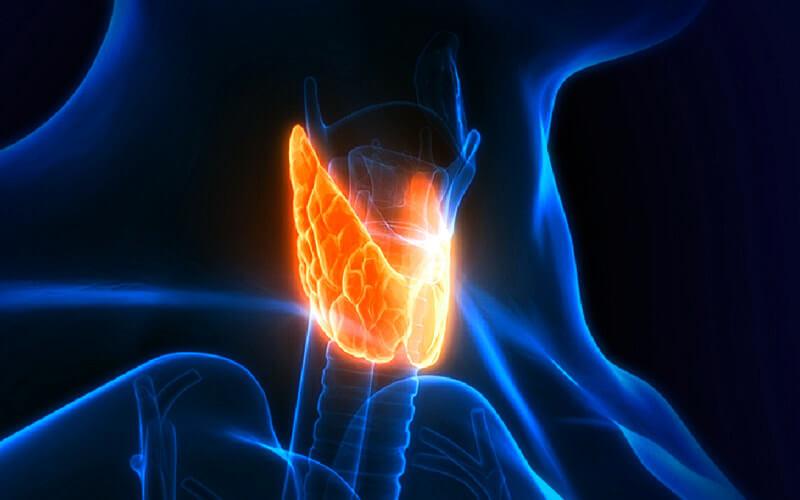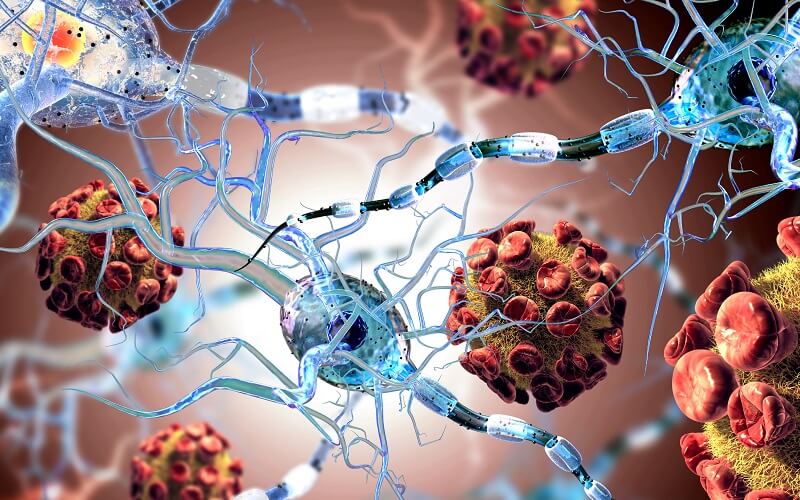Mobility Devices
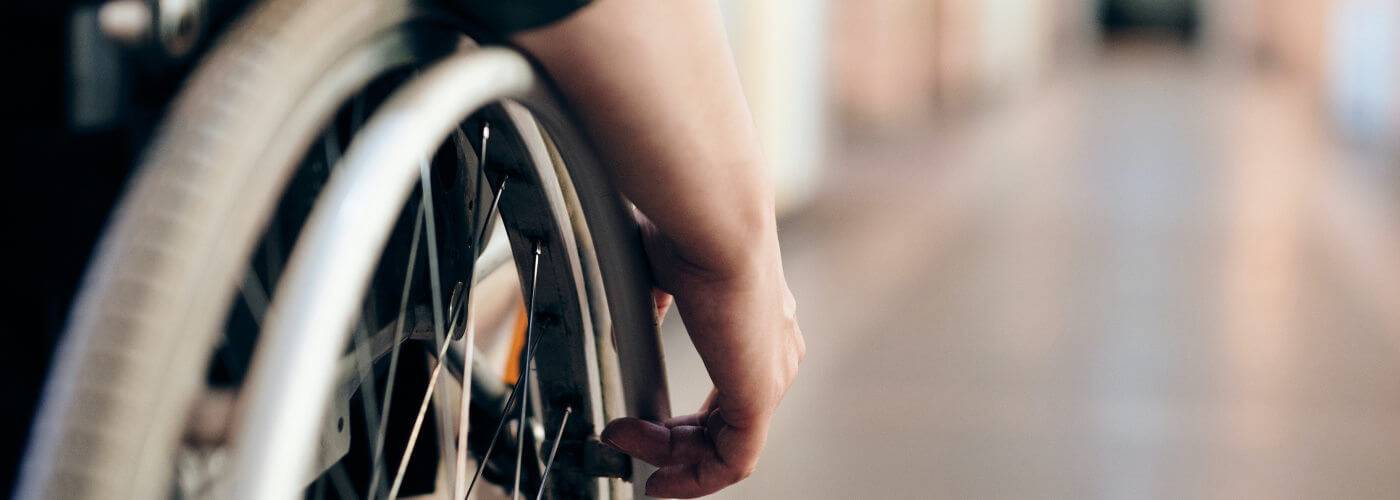
Case study: I always wanted my future to be in robotics
PhD student Chinemelu developed a smart wheelchair equipped with mobile robotic technology to assist the user in particular situations.
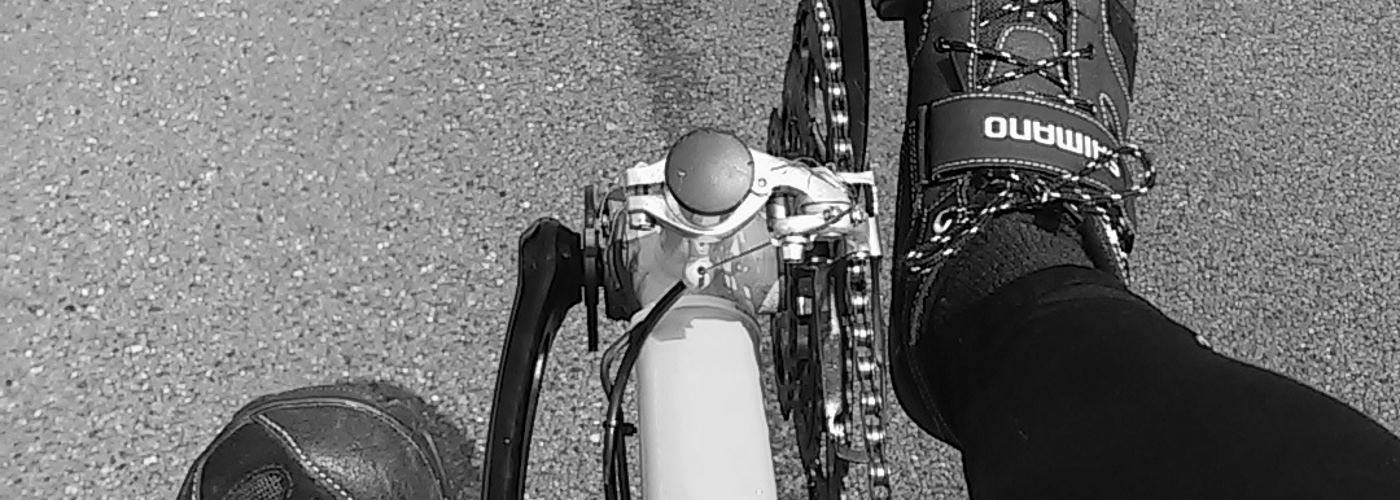
Case study: Instrumented Tricycle
Students from Belgium describe how biomedical engineering is used to convert a recumbent tricycle into a device that can be used by people with spinal cord and other major injuries.
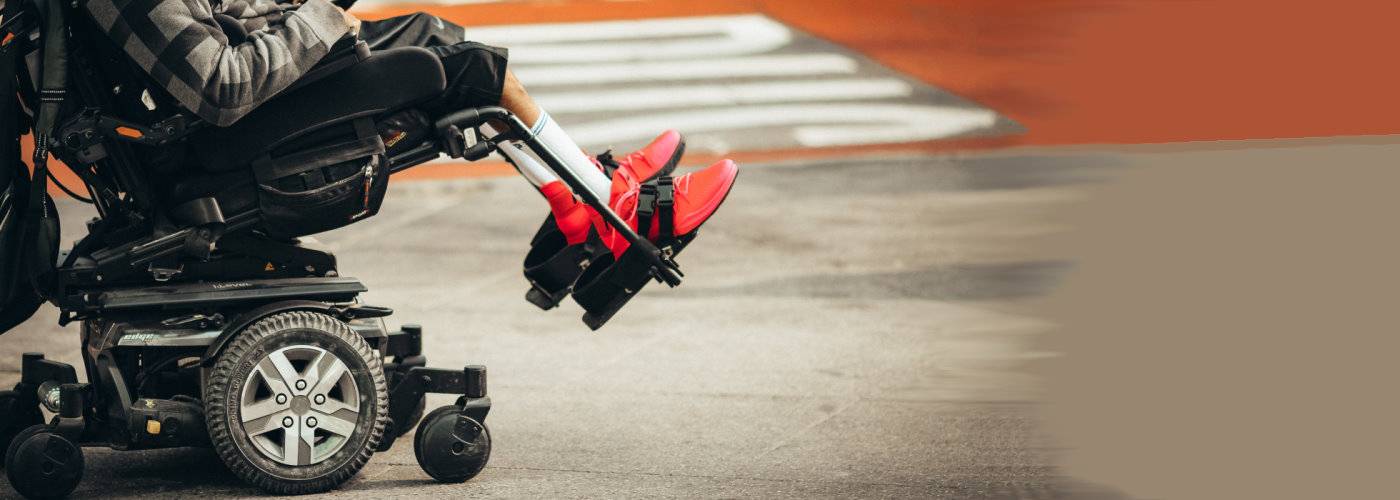
Case study: Adaptive shared control systems
Shared control systems combine automation and user control into a hybrid control system. 17-year-old Ciara Gibbs shadowed PhD student Chi Ezeh to learn more.

More Aspire CREATE research
Our experts
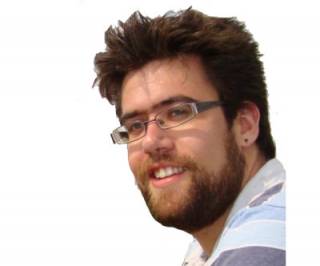
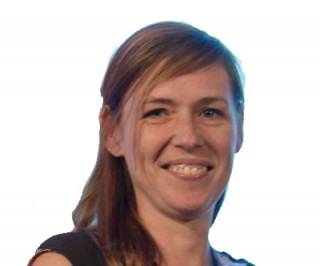

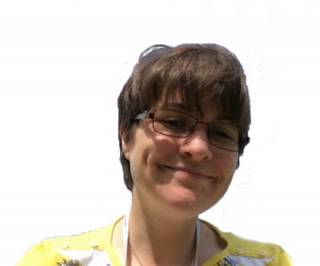
Funding and Partnerships
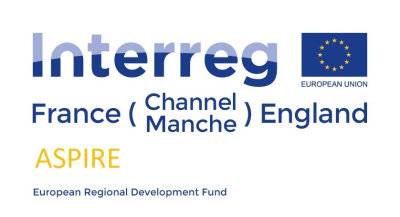
ADAPT is co-financed by the European Regional Development Fund within the INTERREG VA France (Channel) England programme.
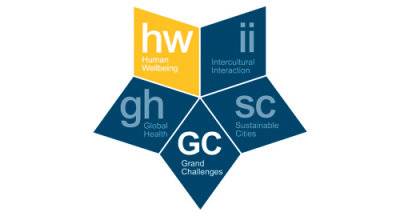
The MoRe-T2 project was funded by UCL Grand Challenge of Human Wellbeing.
Select publications
- Teodorescu, C.S., Fraudet, B., Leblong, E., Carlson, T., et al. (2022). Assistive Robotic Technologies for Next-Generation Smart Wheelchairs: Codesign and Modularity to Improve Users' Quality of Life. IEEE Robotics and Automation magazine, 2-14.
- Teodorescu, C., Zhang, B. & Carlson, T. (2021). A Stochastic Control Strategy for Safely Driving a Powered Wheelchair. IFAC-PapersOnLine, 53(2), 10148-10153.
- Teodorescu, C.S., Zhang, B. & Carlson, T. (2020). A rule-based assistive control algorithm for safe navigation for a powered wheelchair. European Control Conference (ECC), 2020, pp. 1204-1209.
- Devigne, L., Aggravi, M., Teodorescu, C.S., Carlson, T., et al. (2020). Power wheelchair navigation assistance using wearable vibrotactile haptics. IEEE Transactions on Haptics, 13(1), 52-58.
- Teodorescu, C., Zhang, B. & Carlson, T. (2019). Probabilistic Shared Control for a Smart Wheelchair: A Stochastic Model-Based Framework. IEEE International Conference on Systems, Man and Cybernetics (SMC), 3136-3141.
- Ezeh, C., Trautman, P., Holloway, C. & Carlson, T. (2017). Comparing shared control approaches for alternative interfaces: a wheelchair simulator experiment. IEEE International Conference on Systems, Man, and Cybernetics (SMC), 93-98.
- Devigne, L., Pasteau, F., Le Borgne, N., Carlson, T., et al. (2018). Assisting power wheelchair driving on a sidewalk: A proof of concept. Modelling, Measurement and Control C, 79(4), 185-189.
- Ezeh, C., Trautman, P., Devigne, L., Carlson, T., et al. (2017). Probabilistic vs linear blending approaches to shared control for wheelchair driving. International Conference on Rehabilitation Robotics (ICORR), 835-840.
- Ezeh, C.E.M., Holloway, C. & Carlson, T. (2016). MoRe-T2 (Mobility Research Trajectory Tracker): Validation and Application. Journal of Rehabilitation and Assistive Technologies Engineering.
Related courses
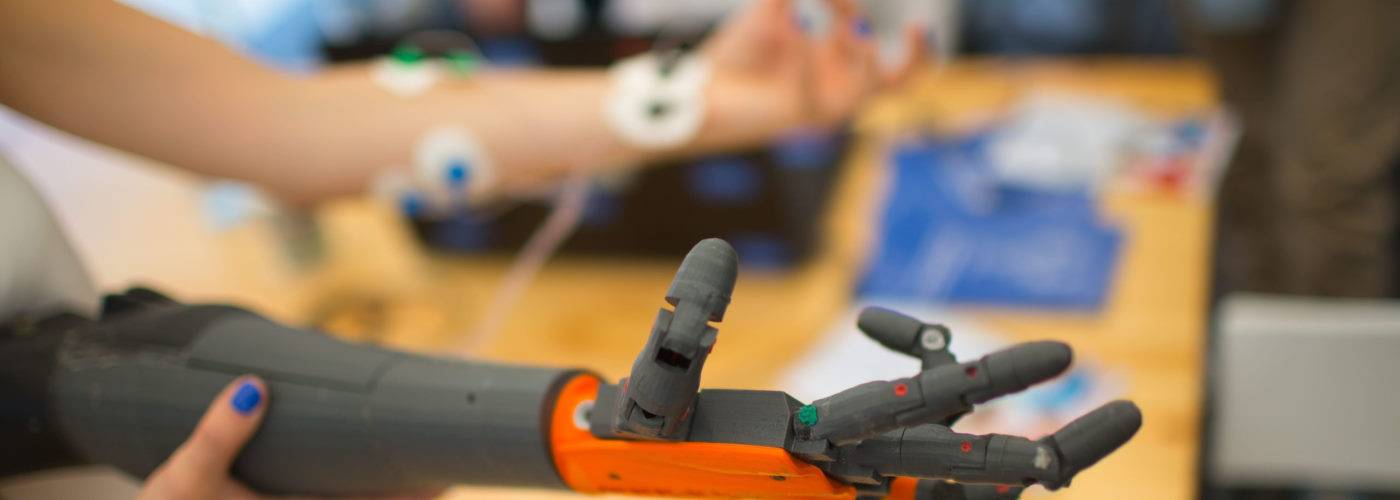
Rehabilitation Engineering & Assistive Technologies MSc
This MSc focuses on the design, development and clinical application of new rehabilitative and assistive technologies to help restore motor functions.
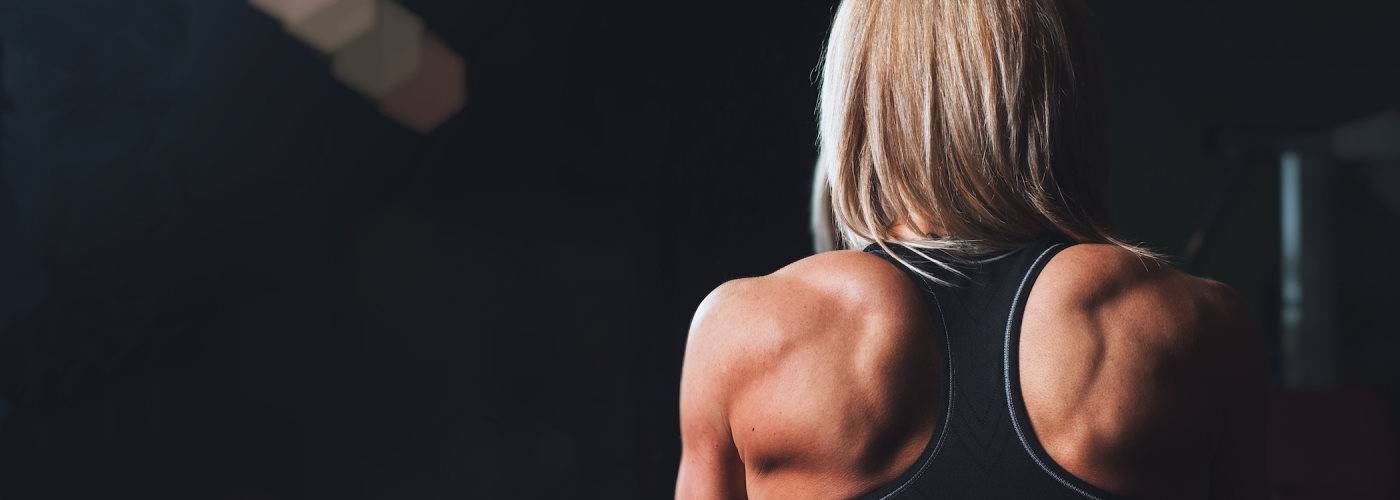
Physical Therapy in Musculoskeletal Healthcare & Rehabilitation MSc
This MSc teaches the scientific principles of physical therapy and allows you to experience the clinical application of specialist rehabilitation techniques.
About Aspire CREATE
We work to improve the quality of life of people with spinal cord injuries. The Centre for Rehabilitation Engineering and Assistive Technology (Aspire CREATE) is a joint research venture between UCL, the Aspire Charity, and the Royal National Orthopaedic Hospital.
How to reach us
Royal National Orthopaedic Hospital
Brockley Hill
Stanmore
HA7 4LP
- Our office: Institute of Orthopaedics and Musculoskeletal Science. (Building 6, ref. 8D.)
- Our main lab: Peripheral Nerve Injury unit. (Building 37, ref. 5E.)
It can be tricky to find your way around the site. We have created a photo guide to help you find our office.
 Close
Close


